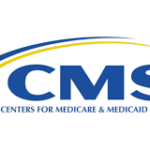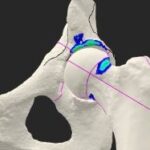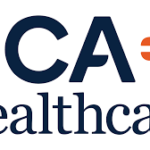 Recently the Florida Supreme Court firmly held that Amendment 7, the Patient’s Right to Know About Adverse Medical Incidents, eliminated existing statutory discovery protections on peer review information. What protections remain, if any, for the peer review process?
Recently the Florida Supreme Court firmly held that Amendment 7, the Patient’s Right to Know About Adverse Medical Incidents, eliminated existing statutory discovery protections on peer review information. What protections remain, if any, for the peer review process?
Typically there is a privilege or discovery protection afforded to medical staff peer review information excluding from discovery, records containing performance reviews and assessments of physicians done by their peers, primarily in hospital practice. The reason underlying this protection is that physicians must be encouraged to be candid and forthright in the performance evaluations of their peers, without fear that those evaluations would be used for improper purposes (e.g., medical malpractice lawsuits).
Amendment 7 was designed to provide consumers with transparency when selecting a health care provider and to permit further discovery by medical malpractice plaintiffs. The Amendment has gone through various legal venues which resulted in conflicting findings. Most recently however, the Florida Supreme Court held that Amendment 7 preempts all Florida statutory peer review privileges. The Florida Supreme Court noted that “Amendment 7 heralds a change in the public policy of this state to lift the shroud of privilege and confidentiality …”
Under Amendment 7, patients “have a right to have access to any records made or received in the course of business by a health care facility or provider relating to any adverse medical incident.” In dealing with this new constitutional right, hospitals and health care providers must be able to answer the following questions:
What records are discoverable?
Who can request records?
What is the process for producing the records?
What Records Are Discoverable?
Hospitals should note that “adverse medical incident” as defined in Amendment 7 is far broader than the definition of “adverse incident” used in state mandatory reporting statutes. Under Amendment 7, “any act or neglect” may qualify and actual patient injury is not required, only the possibility of injury. Hospitals should consider how this broad definition may include records of patient falls from beds or injuries sustained in common areas or waiting rooms. It includes records of other patients, which must be stripped of identifying information in compliance with the Health Insurance Portability and Accountability Act (HIPAA). It also includes documents not included in patient charts such as minutes and notes from peer review/QI/morbidity and mortality meetings, practitioner credentialing files, incident reports, and patient complaints. Amendment 7 applies only to records; physicians participating in peer review still cannot be compelled to testify about peer review matters. The identity of peer review committee members remains confidential and should be redacted from records. Amendment 7 does not eliminate the statutory immunity for participation in peer review activities. Hospitals should note the law applies retroactively, and patients may request records dating prior to the enactment of Amendment 7.
Who Can Access Records?
Patients have a right to access records. Amendment 7 defines “patient” as “an individual who has sought, is seeking, is undergoing, or has undergone care or treatment in a health care facility or by a health care provider.” Thus, former and prospective patients both may request records of adverse medical incidents. It does not matter that the person requesting records has never been a patient in the traditional sense at a facility. It is reasonable to limit access only to former patients and those people truly seeking treatment. Hospitals are advised to consider carefully requests for records from journalists, attorneys, and others who might not be seeking medical treatment.
What Is the Process for Identifying and Producing Records?
Because “requests for production must be processed in a timely manner,” an important practical issue is ascertaining the personnel responsible for identifying and producing records of adverse medical incidents. For hospitals and facilities, the internal risk management program is responsible for identifying and reproducing the records.


























